F7U Cutlass Now Aboard USS Midway
by Adam Estes
At the tail end of 2022, an extraordinarily rare, early naval jet fighter went on display aboard the former U.S. Navy aircraft carrier, USS Midway, at the USS Midway Museum in San Diego, California. Hoisted aboard the carrier on December 14th, 2022, Chance Vought F7U-3 Cutlass BuNo. 129565 has found a perfect new home at one of San Diego’s largest attractions.
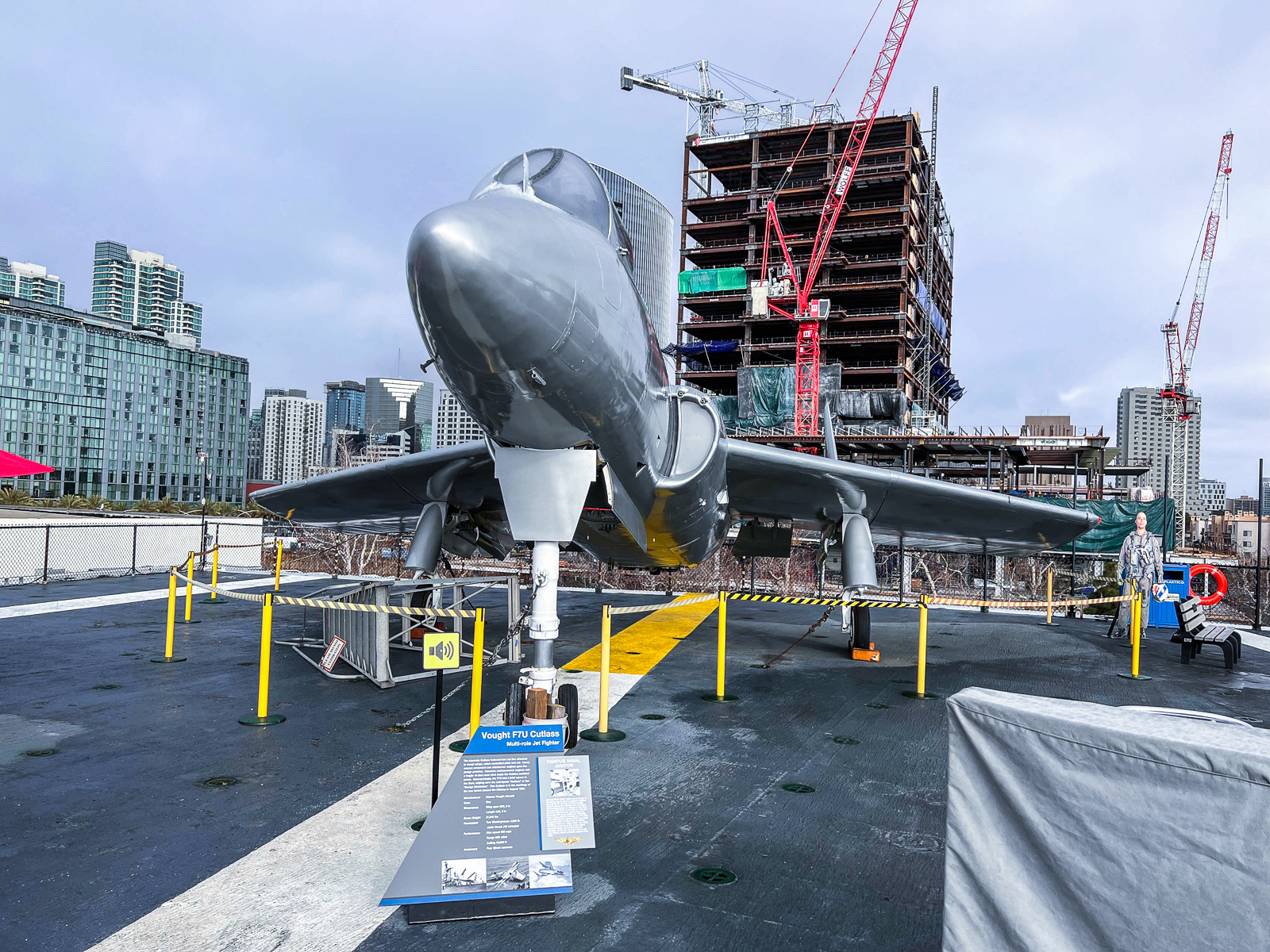
The Cutlass, like most first generation naval jets, was produced in relatively small numbers, with around 300 examples completed. The type’s tailless, delta-winged profile and composite construction, were radical design choices for its day, although not atypical for its manufacturer, Chance Vought, which had a reputation for taking unconventional approaches. The type first flew in September, 1948, but its complex systems, fractious development and trials period, not to mention the difficulty which Westinghouse had in providing engines with sufficient thrust, meant that the first squadron to field the type, VF-81, did not become operational until May, 1954 – a lengthy gestation period for the time. Despite the aircraft’s potential, the Cutlass did not enjoy a long period as a frontline fighter, with carrier squadrons only fielding the type at sea between August 1955 and February 1957. Pilots, in general, seemed intimidated by the Cutlass, and with roughly a quarter of the aircraft built succumbing to accidents, it is not hard to understand why. The U.S. Navy retired the last of its F7Us by the beginning of March, 1959. Despite its brief period at the cutting edge of naval fighter design, the Cutlass still has an important place in the history of naval aircraft development. Sadly just five complete examples are presently extant, although significant sections of at least two other airframes are known to exist.
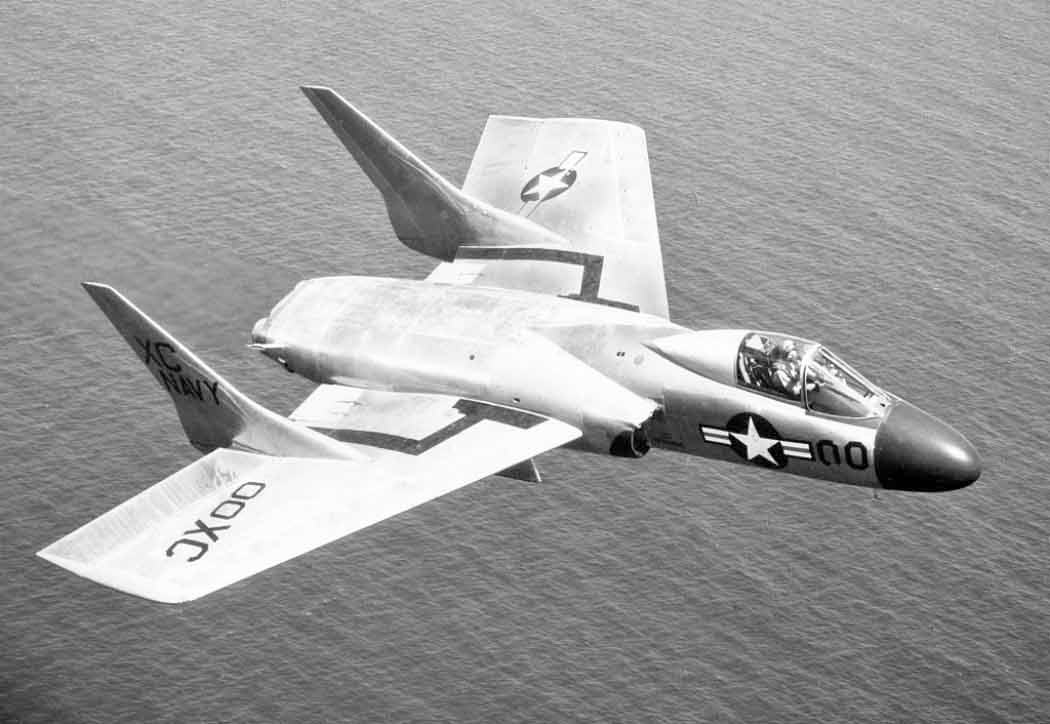
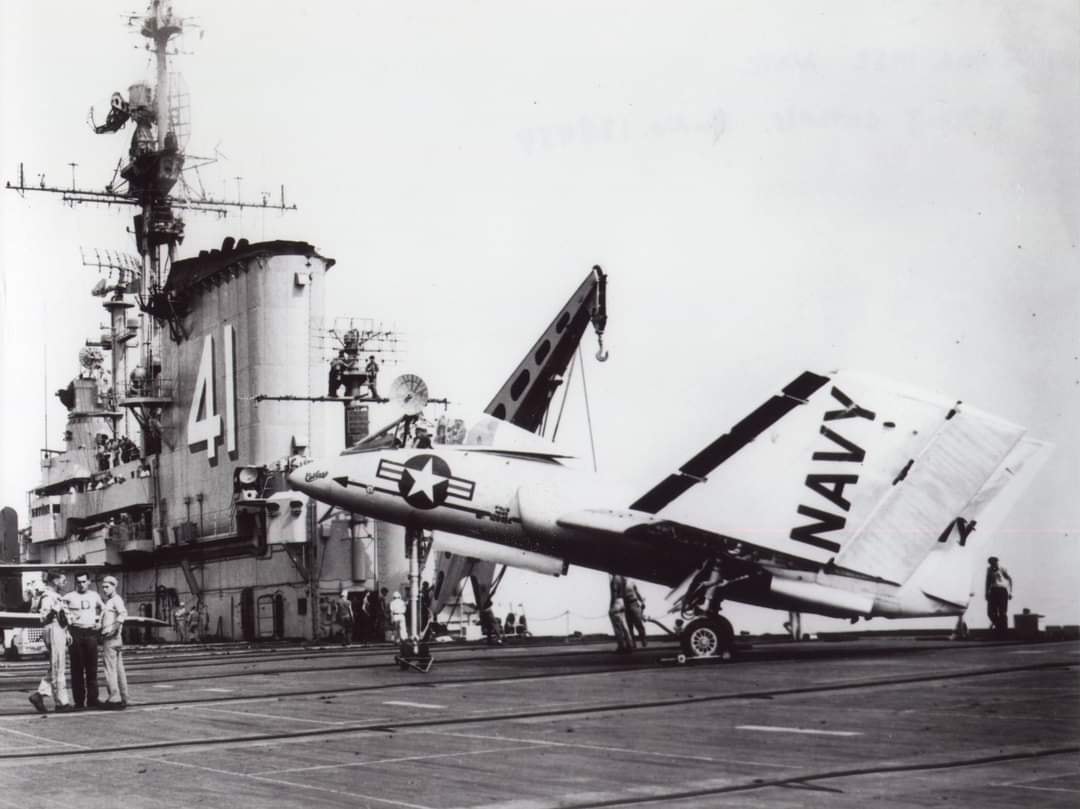
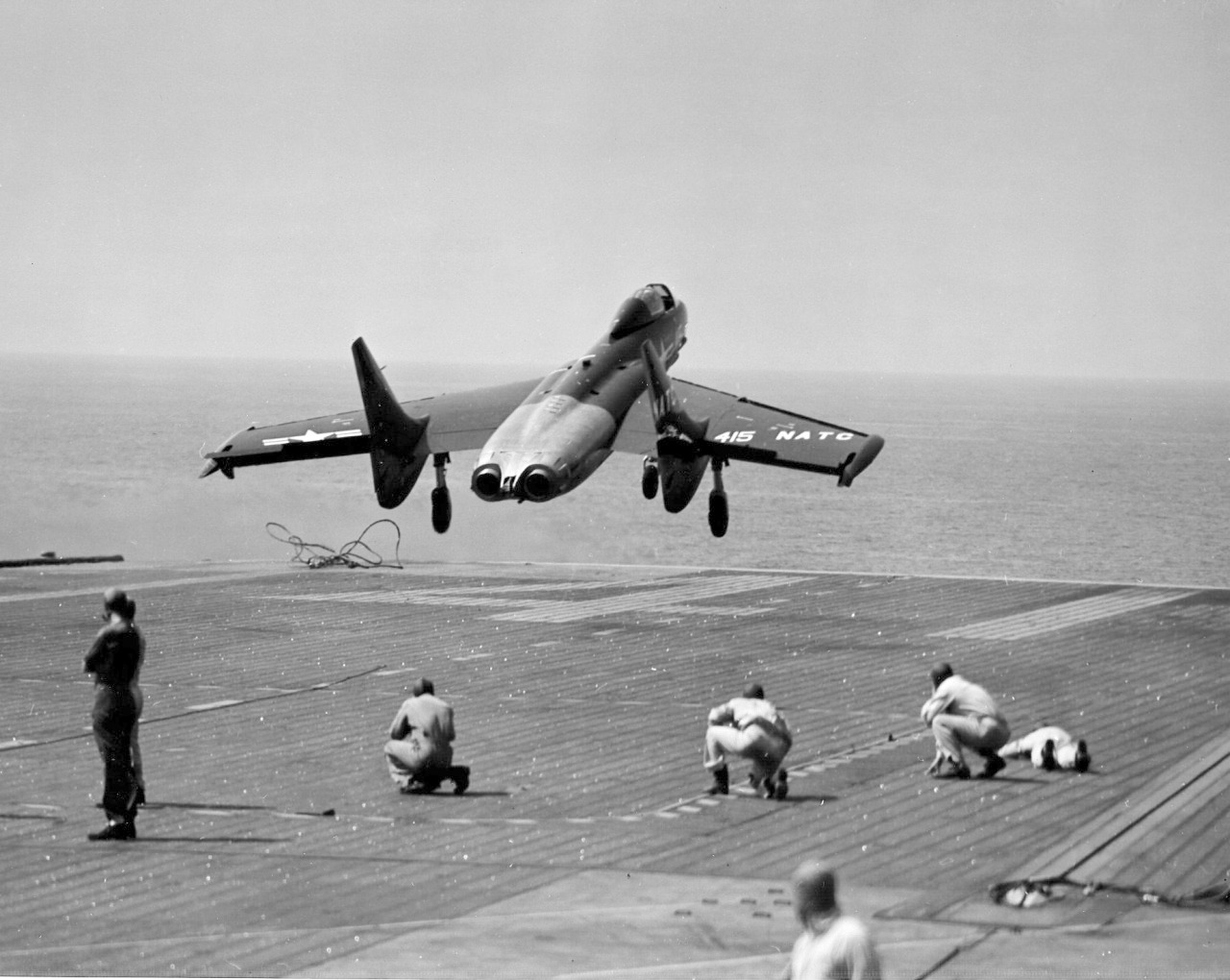
While USS Midway never actually fielded any frontline Cutlass squadrons, the ship did take part in F7U carrier suitability trials in July, 1951, which provides significant justification for the museum to display the type in the present day. BuNo.129565 was the 49th of 180 F7U-3s built; Al Casby, Cutlass historian and restoration expert, was gracious enough to provide us with a detailed history of the airframe, which follows below…
F7U-3 BuNo.129565: Airframe History
by Al Casby
Built by Chance Vought Aircraft, Inc. and accepted into the United States Navy on 29 October 1953.
Initially assigned to Fleet Air Service Squadron Twelve (FASRON-12) on 24 November 1954 and subsequently transferred to Fleet Composite Squadron Three (VC-3) on 2 April 1955. Flown by future astronaut LT Walter Schirra at both units.
Custody transferred to FASRON-8 at Alameda, CA for shipment to FASRON-11 at NAF Atsugi Japan as a replacement aircraft for Fleet Air Japan.
Loaded aboard USS Bon Homme Richard (CVA 31) and departed for Japan on 16 August 1956 along with deployed Attack Squadron Two Hundred Twelve (VA-212) which was equipped with F7U-3s.
Assigned to VA-212 upon CVA-31’s arrival in Japan to replace a squadron aircraft damaged during the initial deployment.
Operated from NAF Atsugi and Bon Homme Richard for the duration of the squadron’s deployment.
Custody transferred to the Naval Air Reserve Training Unit at NAS Olathe, Kansas on 19 May 1957 following its return from the Far East deployment. Placed on pylons at Olathe’s Harrison Street Park for display until being moved to the Navy Memorial Park at Johnston County Industrial Airport in 1978.
USS Hornet Sea, Air & Space Museum acquired the aircraft for display, but soon deemed its restoration to be beyond their capabilities so the aircraft was transferred to NAS North Island.
Transported to the Vought Aircraft Heritage Foundation’s retirees group in Dallas, Texas for restoration in 2011.
Returned to NAS North Island’s Hangar 805 in 2019 where restoration continued, including the fabrication of many replacement parts. Moved for permanent display aboard USS Midway (CVA 41) on December 14th, 2022.
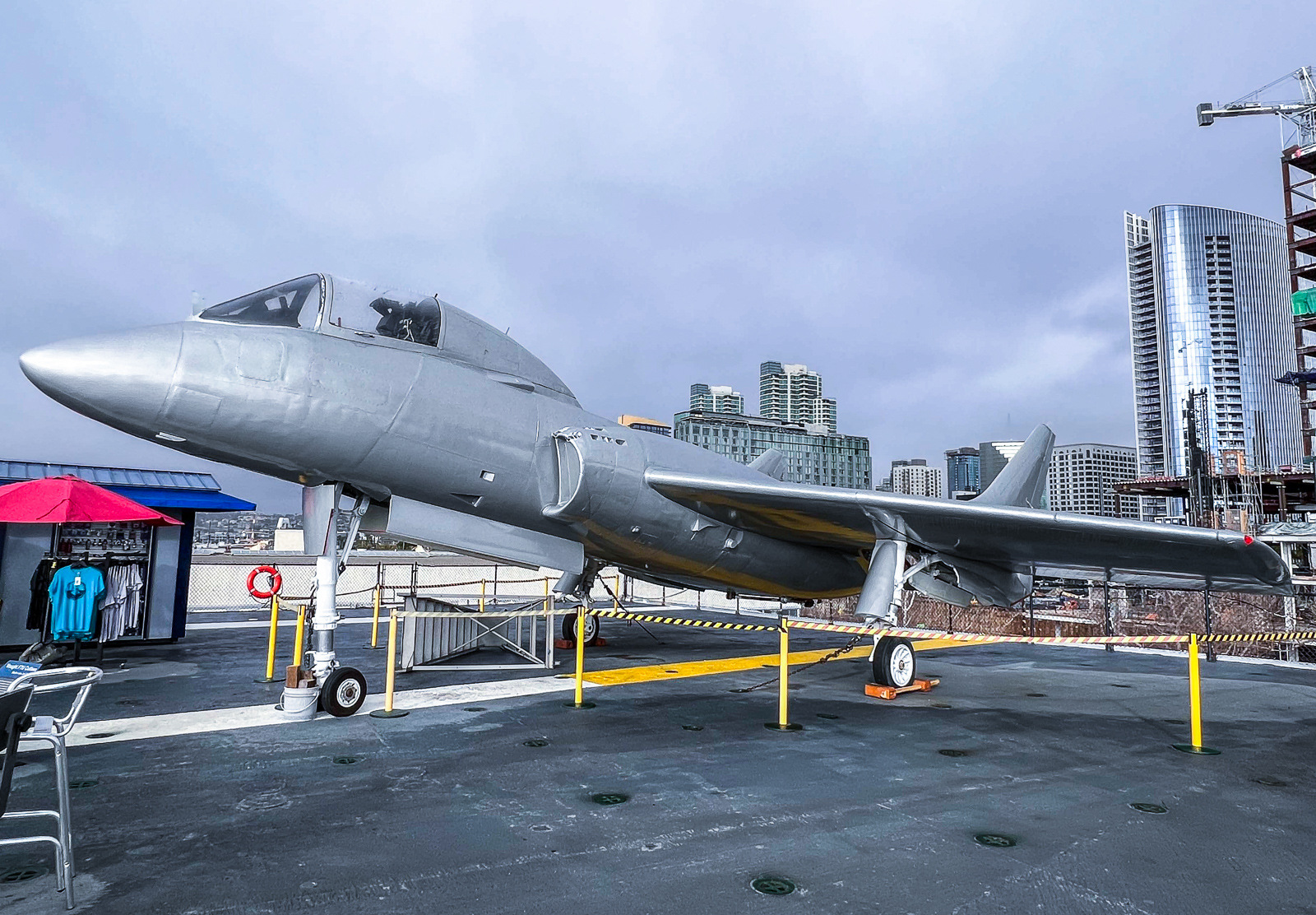
Many thanks to Adam Estes for compiling this article, and especially to Al Casby for providing historical details about the USS Midway Museum’s example. Casby himself is making great strides with the active airworthy restoration of another F7U-3 Cutlass, this being BuNo.129554 at Falcon Field in Mesa, Arizona. Watch this space!







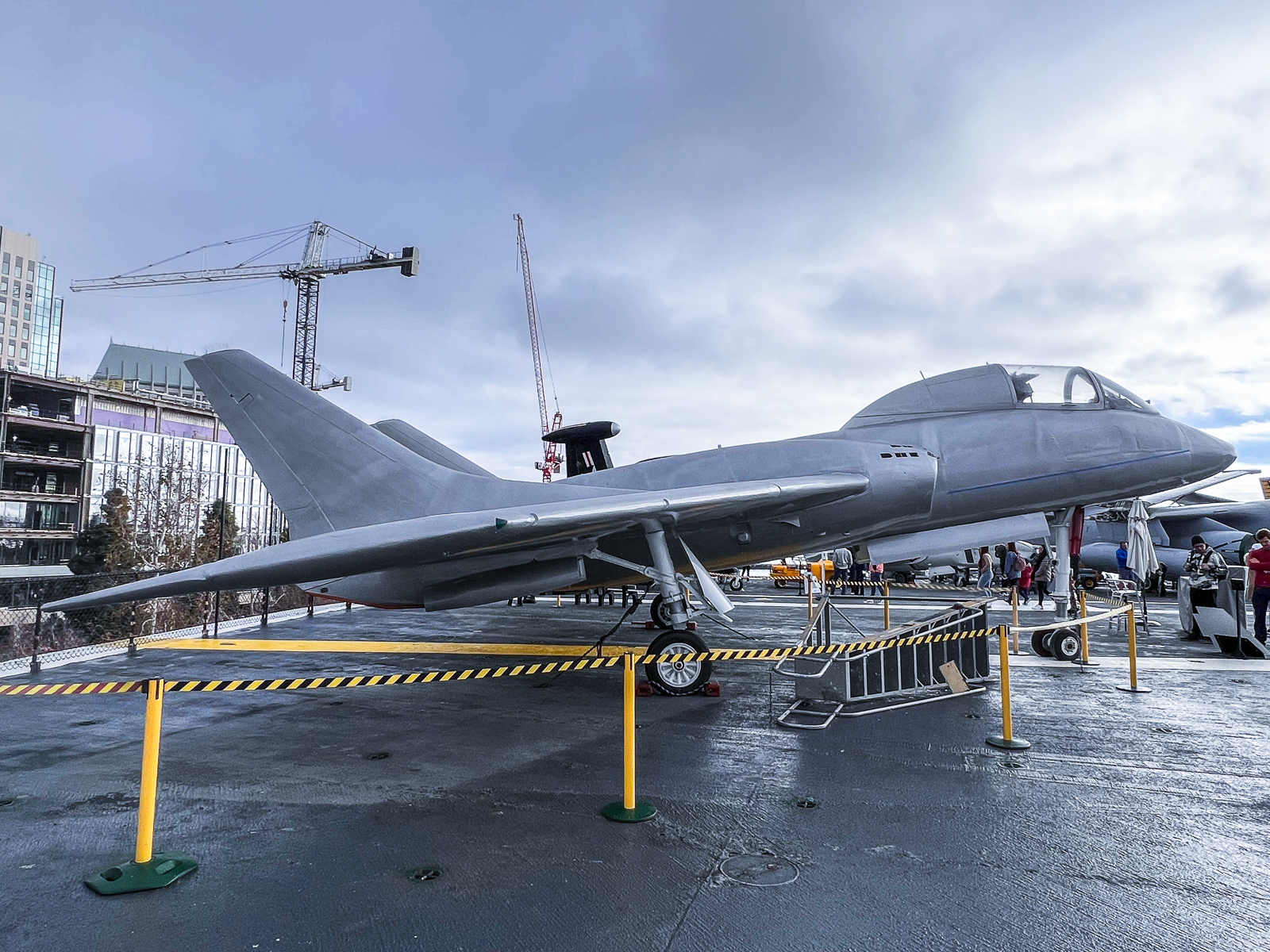

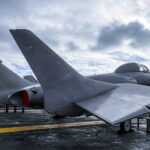
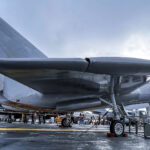

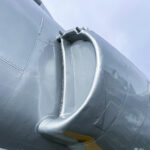
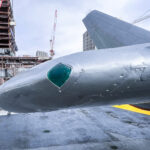
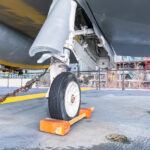
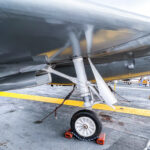
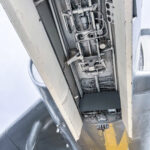
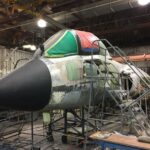
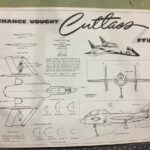
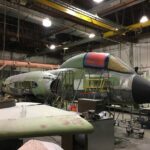
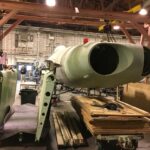
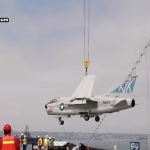

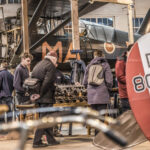
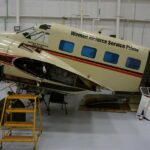
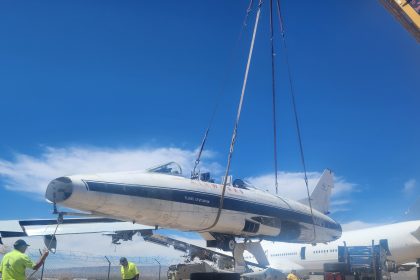
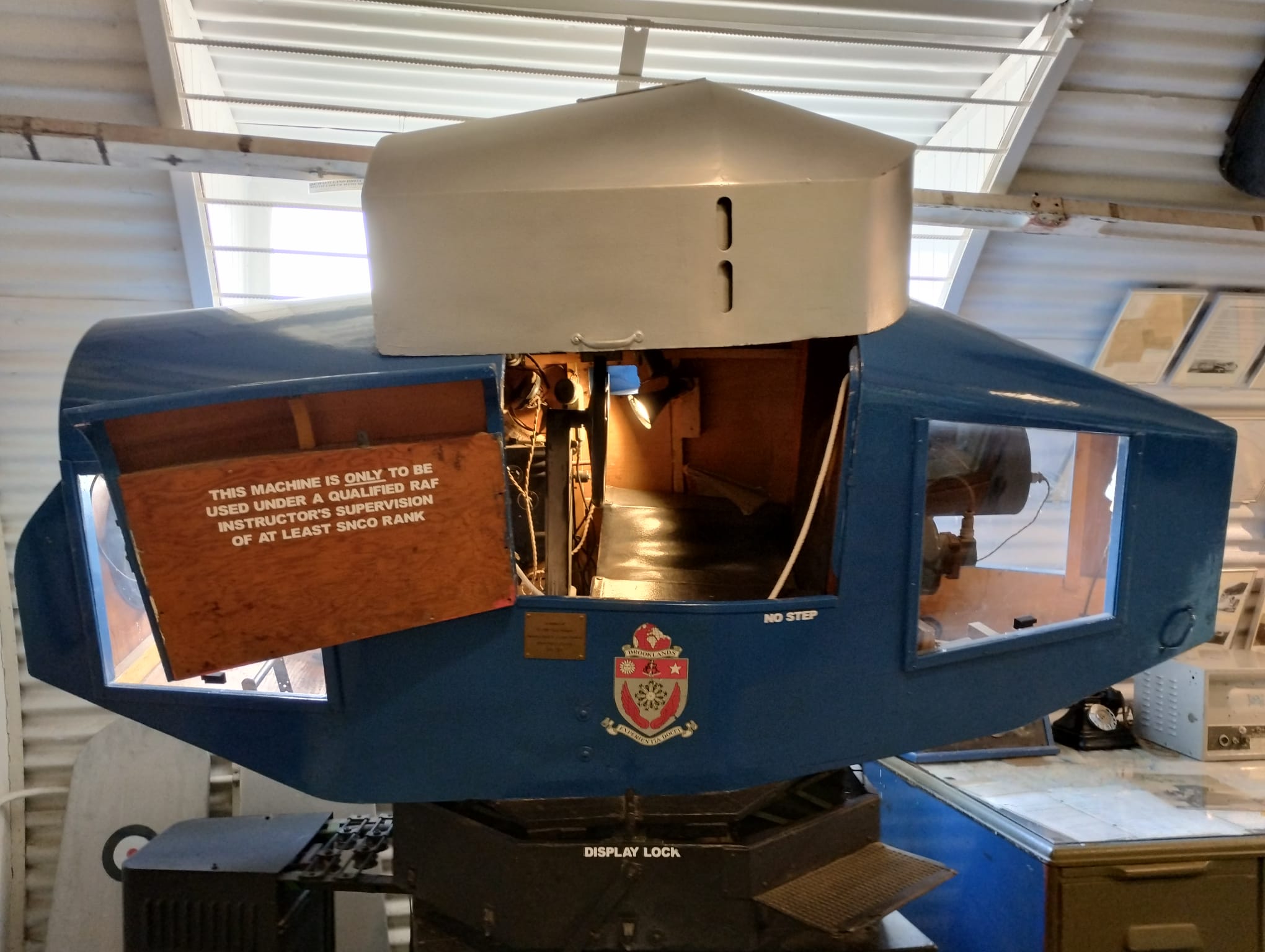
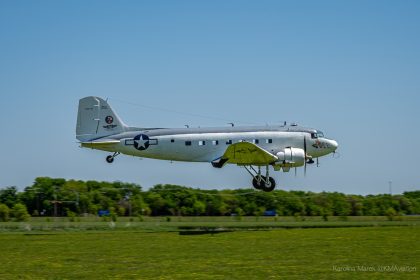
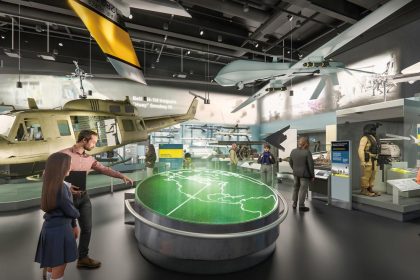
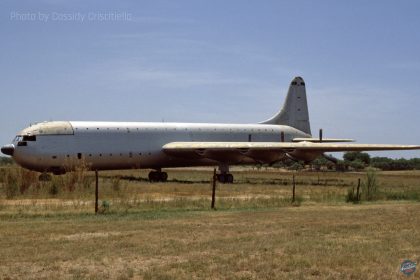

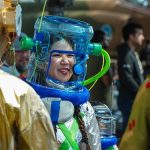
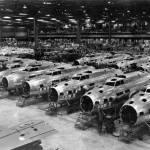
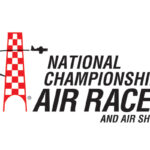
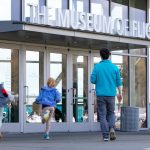
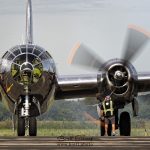
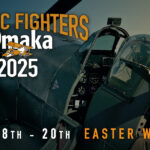
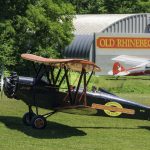


…the shortcomings of the F7U are well known, and always attracts a flurry of trite, overused comments. The lesser known truth is the contribution that this Vought project made to the advancement of aviation technology, and in particular Naval Aviation. In that regard, the aircraft is truly historic, and is deserving of display among other more successful aircraft. Considering that the design proposal dates to 1945, with the first prototype flying in 1948, the Cutlass was much ahead of its time…to far ahead, as it turns out, as jet engine technology was a decade away from developing a satisfactory powerplant for anything like the F7U. And it wasn’t just the new technology that was being tested, as the Navy would discover that procedures for development, testing and introduction of new aircraft to squadron service really needed to be re-thought in the post WWII era. Naval Aviation as it exists today owes much to the people who worked hard and too-frequently lost their lives during those early years of military jet aviation. I choose to honor those who did so rather then repeating demeaning and uninformed comments. I wish Midway’s F7U restoration team success with this project, and look forward to seeing their Cutlass on deck!
I’m not sure that outside in the elements is the “perfect” home for any historic airplane on display. The F7U Cutlass is one of the nearly 500 aircraft types flown by famed British Royal Navy test pilot Eric Brown. I wonder what he thought of it.